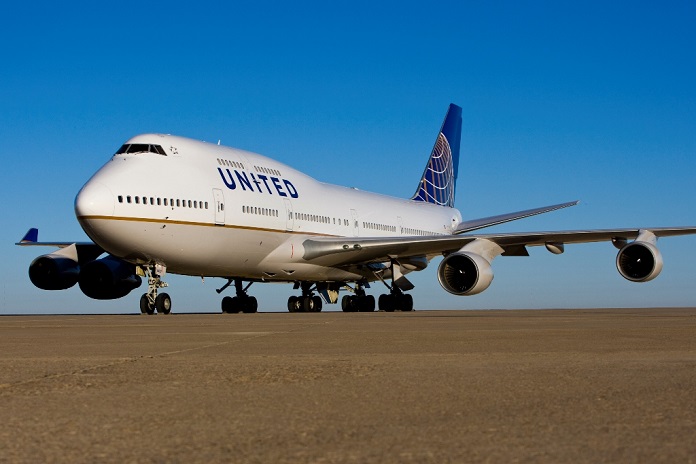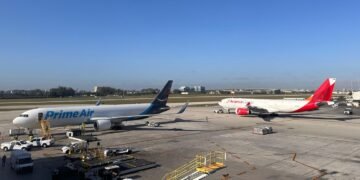As the world’s airlines begin distributing Pfizer’s Covid-19 vaccine globally, Boeing and the US Federal Aviation Administration have reminded carriers about dry-ice shipping guidelines.
That is because Pfizer’s vaccine must be shipped with dry ice, and dry ice — in excessive quantities — can cause problems in aircraft cabins.
“In order to transport Covid-19 vaccines, operators may plan to carry dry ice quantities larger than quantities they may carry during typical operations,” said an FAA safety alert on December 10. “This volume of dry ice may present risks that existing mitigations do not adequately address.”
The FAA’s alert came ahead of the vaccine shipping frenzy. The US Food & Drug Administration approved Pfizer’s vaccine on December 11, and US passenger and cargo airlines have started distributing the inoculation.
Because Pfizer’s vaccine must be kept at a chilly -70°C (-94°F), the drug company packs it with dry ice in custom boxes. Each box contains 23kg (51lb) of dry ice, according to Pfizer. Reports say each box holds 5,000 vaccine doses.
“High levels of CO2 gas in compartments can lead to unrecognised degradation of cognitive functioning and present an asphyxiation hazard to persons in that space,” the FAA added.
Just how much dry ice can a jet carry?
ANA Cargo’s website says it allows 800kg of dry ice on passenger 777-300s, 250kg on passenger 737s and 1,300kg on freighters, according to its website. A 2005 ICAO document shows that one airline, in the past, permitted 114kg of dry ice on narrowbodies and 200kg on widebodies. But when carried in insulated containers, limits jumped to 1,088kg for widebodies.
But the FAA recently approved United Airlines to transport 6,800kg of dry ice on some flights, according to reports. The FAA publishes a formula for determining the limit, and Boeing provides airlines with guidance and related charts.
“We are in very much a supporting role with our operators. We’ve worked proactively to provide our operators with the guidance they need to transport dry ice,” said Boeing engineering leader Dan Freeman. “At the end of November we issued new charts for all or our models.”
Several factors determine how much dry ice a jet can safely carry, including cabin volume, temperatures, aircraft model, the capability of the jet’s environmental control system, number of people aboard and the sublimation rate of the dry ice.
Sublimation is the process by which dry ice, which is frozen CO2, converts over time to gaseous CO2. Sublimation rates vary significantly based on the packaging in which the dry ice ships, according to FAA documents.
In 1963, Pan American conducted tests showing that 100lb of dry ice lost about 1lb through sublimation hourly – a 1% sublimation rate. A later FAA study puts the rate at about 2% for smaller amounts of dry ice. Another vaccine made by Moderna does not need to be kept so cold and therefore may not require dry ice to ship.







